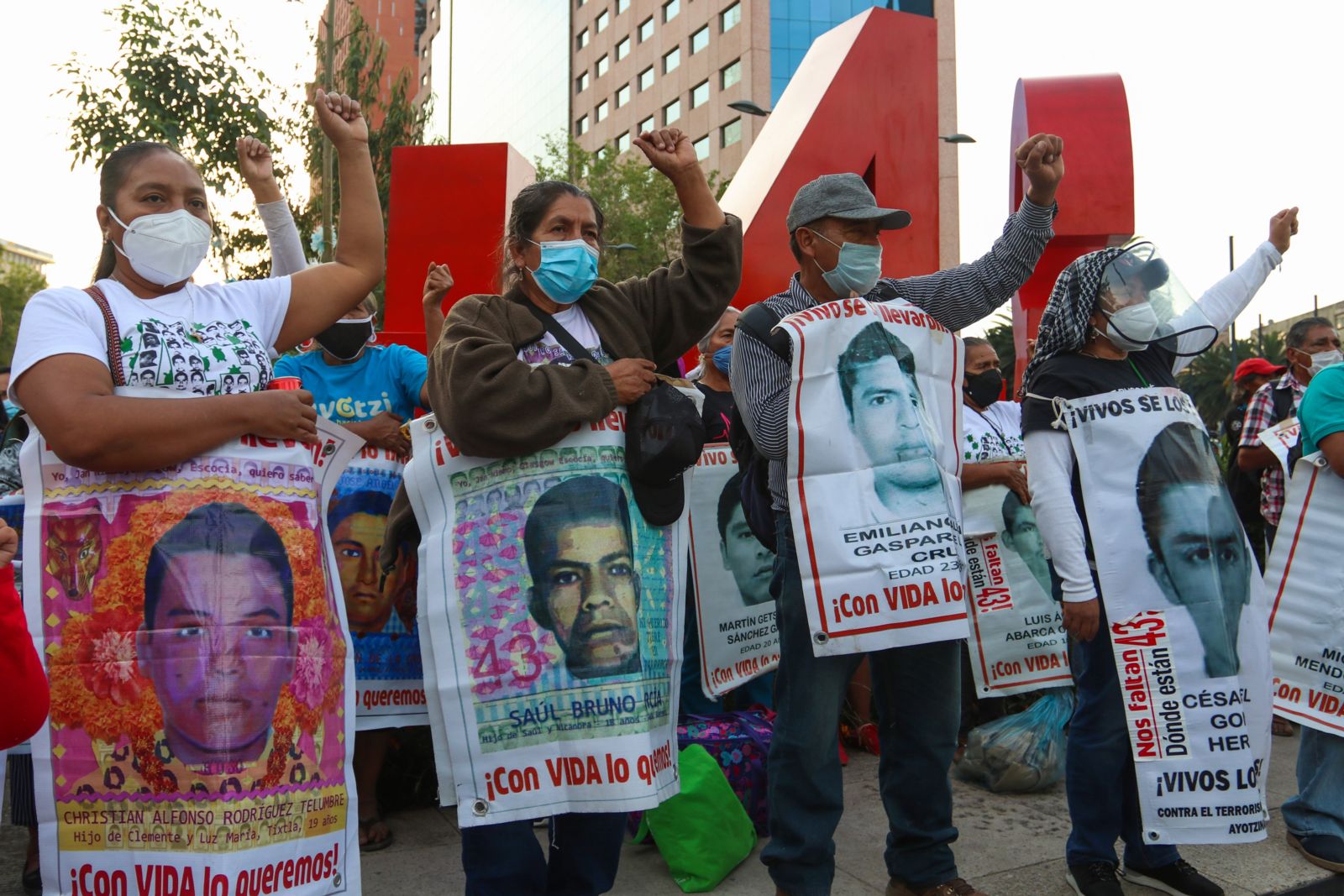At the Observatory on Disappearance and Impunity in Mexico – an initiative from the University of Minnesota, FLACSO-Mexico, the UNAM Institute for Legal Research, and the University of Oxford – we conduct collaborative research in a context of human rights crisis.
The issue of disappearance is serious in Mexico: between 2007 and February 2021, more than 80,000 people have disappeared or remain missing. Since we started the project in November 2015, more than 36,000 have disappeared and have not been located. In short, we investigate disappearances as they occur in a changing landscape where we have close ties with those on the front lines: human rights organizations and groups of relatives of missing persons.
The issue of disappearances is constantly changing and our work at the Observatory has gone hand in hand with organizations that have to experience these changes. People disappear everyday, the most critical geographical areas change, new groups of relatives emerge to search for their loved ones, legal frameworks and the tools to make them effective are modified, new institutions are put in place, and the positions of the human rights movement and their coalitions are altered.
Doing research in an environment like this has many challenges; however, I want to refer to the one that I consider most important: our identity.
In this context, the question that came up time and again was what our role was. The Observatory team had long, and often heated, discussions about this. Among us there were people who considered that we should be on the front lines, accompanying the victims’ demands and helping amplify them; but there were also others that believed we should be selective, because being on the front lines was not the place from which we could contribute the most and it was necessary to build our own voice to dynamically complement (and not only replicate) that of the victims. We opted for this second approach. We discussed, disseminated and gave our point of view, always guided by the principle of doing no harm to the victims and their cause.
The challenge of our identity was present from the starting point of the Observatory: a seminar and a workshop that took place at the University of Minnesota in October 2015, with participation of academics from different institutions in Mexico and the United States, and Mexican human rights defenders from local and national organizations. This meeting, at times smooth and at other times tense, generated a dialogue between the needs of those who were facing the human rights crisis in the country on a daily basis, and those of us who could collaborate with them. The perspectives and priorities on the problem were not totally coincidental and this required mutual movements and adaptations.
Since then, in line with the Minnesota model, we have walked together with human rights organizations, families of missing persons, and decision makers. We map out the dynamics of disappearances in the northeast of the country, we analyze their relationship with specific local contexts, we problematize the regimes of violence in which they are inserted and the state responses to this tragedy.
Definitively, our work was enriched thanks to this model. The questions that guided the research were constructed with our allies, the different national and especially local, civil society organizations (Citizen in Support of Human Rights-CADHAC of Nuevo León, and the Diocesan Center for Human Rights Fray Juan de Larios-CDDHFJL) and the results were discussed together. Working closely with those who were on the front line looking for their loved ones, accompanying victims in the states, or advocating, which is our main strength, once again caused us to confront the dilemma of our identity with respect to our allies and our position in this field.
The answer we arrived at was that we are researchers and the Observatory is a project that at its best, could do what our front line allies could not: look at the big picture; discuss it with them to see if their analysis made sense or if rethinking was necessary to enrich it with their experiences in order to continue imagining responses and strategies. On the other hand, individually, some members of the Observatory joined the front lines as collaborators of groups of relatives, members of citizen councils, legal advisers, and that, indirectly, strengthened the focus of the project.
Finally, I want to emphasize that, for this research in the midst of the crisis, international collaboration in the Observatory was one of the key mechanisms to build our identity. The colleagues from Minnesota and Oxford, who experienced the situation from another position, opened new doors of reflection and advocacy for all of us and for our allies. Their commitment and their distance from everyday events are elements that strengthen this type of collaborative research.
Doing collaborative research in contexts of human rights crisis, whether of disappearances or otherwise, is essential to generate analysis and actions that allow for the transforming of the situation. But it is also important to create permanent spaces for reflection about the identity of the project and the role that is assumed in the face of the dynamics of the environment.
This article is part of a partnership with the University of Minnesota Human Rights Lab. The series explores the possibilities and barriers to building effective research and practice collaborations between academics and practitioners of human rights.

